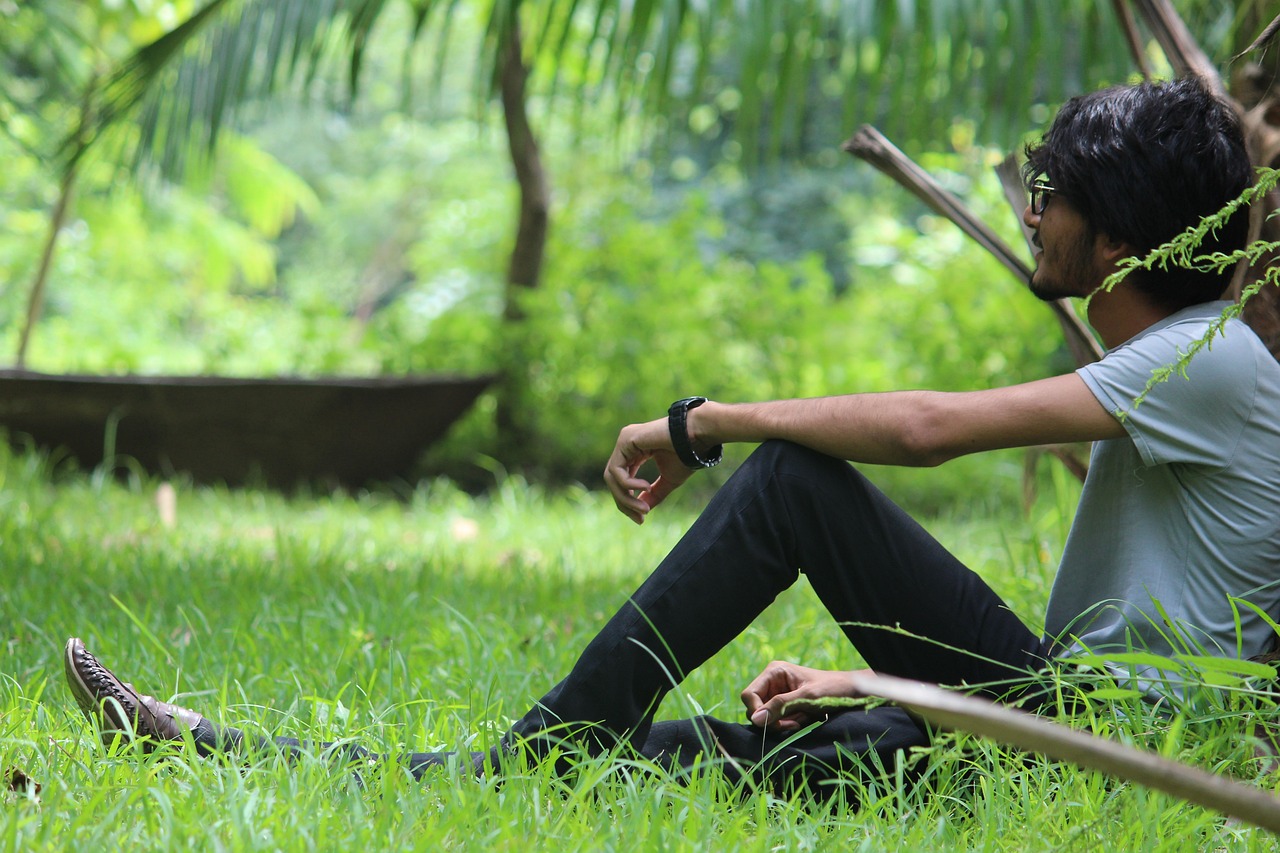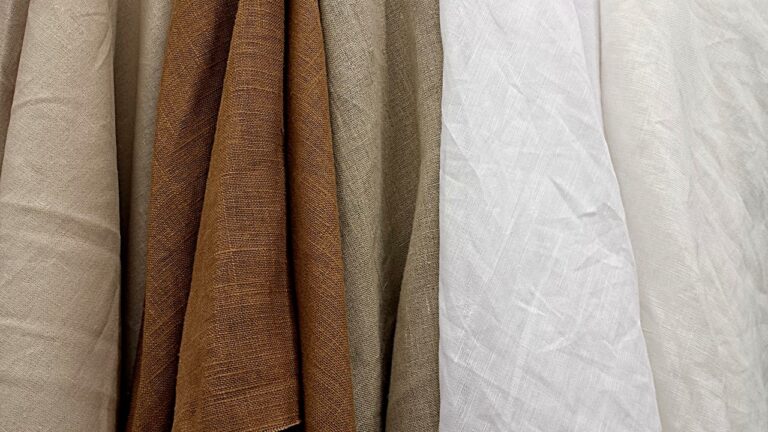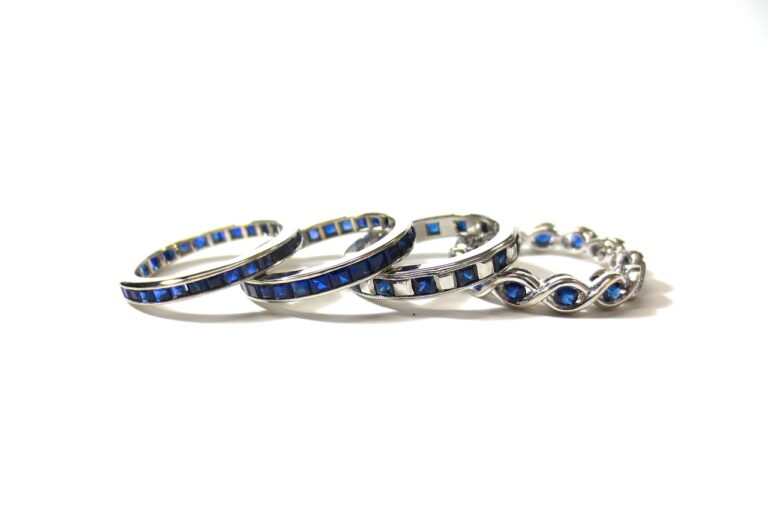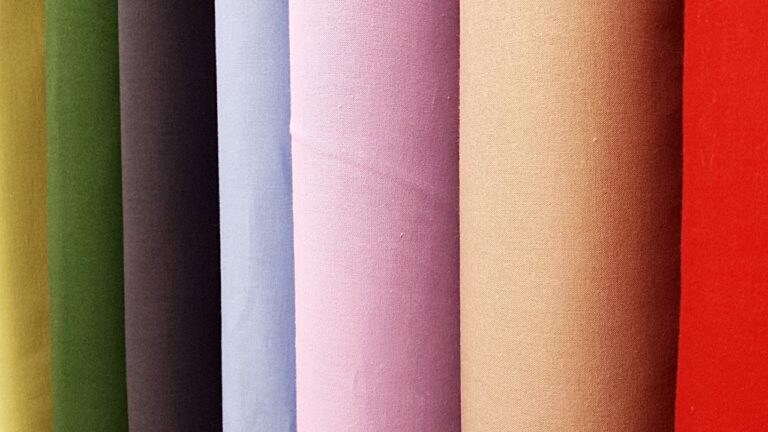Fashion and Technology: The Marriage of Style and Innovation
Wearable technology in fashion has significantly evolved over the years, transforming how we interact with clothing and accessories. From early gadgets like digital watches to today’s smart clothing with integrated sensors, the integration of technology into fashion has become more seamless and stylish. Designers are now incorporating features like fitness tracking, LED lighting, and even phone-charging capabilities into their garments, blurring the lines between fashion and function.
One of the key drivers of the evolution of wearable technology in fashion is the increasing focus on innovation and sustainability. Brands are now exploring how technology can be used to create more eco-friendly and versatile clothing options. For example, the development of smart fabrics that can self-clean or regulate body temperature showcases the potential for technology to revolutionize the way we wear and interact with clothing. As consumers become more conscious of the environmental impact of fashion, these advancements are not only pushing the boundaries of design but also aligning with the growing demand for sustainable fashion solutions.
The Impact of 3D Printing on Fashion Design
3D printing has revolutionized the landscape of fashion design by offering endless possibilities for creativity and innovation. Designers are now able to bring their most intricate and avant-garde ideas to life with unprecedented precision and speed. The technology allows for the production of complex geometries and structures that were previously impossible to achieve through traditional manufacturing methods.
Furthermore, 3D printing has paved the way for sustainable practices in the fashion industry. By reducing waste through on-demand production and utilizing biodegradable materials, designers can create more environmentally friendly collections. This shift towards sustainability not only benefits the planet but also caters to the growing consumer demand for ethically made and eco-conscious fashion pieces.
Virtual Reality and Augmented Reality in the Fashion Industry
With the advancement of technology in the fashion industry, virtual reality (VR) and augmented reality (AR) have emerged as powerful tools for enhancing the shopping experience. VR allows customers to immerse themselves in a virtual world where they can try on different outfits and accessories without physically being present in a store. On the other hand, AR overlays digital information onto the physical world, enabling shoppers to see how a garment would look on them in real-time through their smartphones or tablets.
These technologies not only bridge the gap between online and offline shopping but also offer a personalized and interactive experience to consumers. By leveraging VR and AR, fashion brands can engage with their customers in innovative ways, such as virtual fashion shows, interactive fitting rooms, and virtual styling sessions. This not only enhances the overall shopping experience but also helps in building brand loyalty and driving sales.
– Virtual reality (VR) allows customers to try on different outfits and accessories in a virtual world
– Augmented reality (AR) overlays digital information onto the physical world for real-time garment visualization
– VR and AR bridge the gap between online and offline shopping experiences
– Fashion brands can engage with customers through virtual fashion shows, interactive fitting rooms, and styling sessions
– These technologies help build brand loyalty and drive sales by enhancing the overall shopping experience
What is the evolution of wearable technology in the fashion industry?
Wearable technology in the fashion industry has evolved from basic fitness trackers to smart clothing and accessories that can track various aspects of our health and activities.
How has 3D printing impacted fashion design?
3D printing has revolutionized fashion design by allowing designers to create intricate and unique pieces that would be difficult or impossible to produce using traditional methods.
How are virtual reality and augmented reality being used in the fashion industry?
Virtual reality and augmented reality are being used in the fashion industry for virtual fashion shows, virtual try-ons, and immersive shopping experiences that enhance the customer’s interaction with the brand.
Are virtual reality and augmented reality accessible to all fashion brands?
While virtual reality and augmented reality technology can be expensive to implement, there are more affordable solutions available that allow fashion brands of all sizes to incorporate these technologies into their business strategies.







